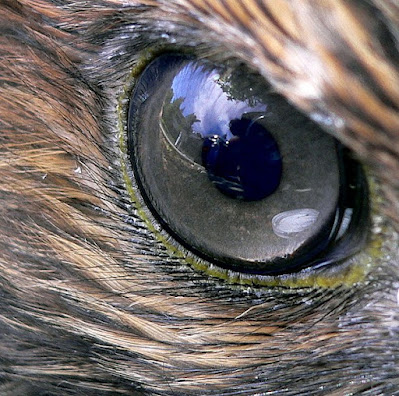The Museum of Islamic Art
 The idea of constructing the Museum of Islamic Art was in 1869, prior to the establishment of the Committee of Arab Antiquities. It began with a collection of Islamic antiques housed in the courtyard of the Mosque of Al-Hakim, which became crowded and the collection had to be moved to the present premises on Port Said Street (formerly Al Khalig Al Misry) on Ahmad Maher Square. The Eastern part of the premises is known as the House (Dar) of Arab Antiquities, while the Western part is known as the Sultanic Library (Book House).
The Museum entirely faces Historic Cairo. It has two entrances; one on the north-eastern side and the other the south-eastern side. A beautiful garden with a fountain once led to the first entrance but was later removed. The entrance on Port Said Street features a very luxurious facade, rich with decorations and recesses inspired by Islamic architecture in Egypt from various periods. The Museum is a two-story building; the first floor comprises the exhibition halls and the second floor comprises the general stores. The basement contains a store connected with the Restoration Section.
The idea of constructing the Museum of Islamic Art was in 1869, prior to the establishment of the Committee of Arab Antiquities. It began with a collection of Islamic antiques housed in the courtyard of the Mosque of Al-Hakim, which became crowded and the collection had to be moved to the present premises on Port Said Street (formerly Al Khalig Al Misry) on Ahmad Maher Square. The Eastern part of the premises is known as the House (Dar) of Arab Antiquities, while the Western part is known as the Sultanic Library (Book House).
The Museum entirely faces Historic Cairo. It has two entrances; one on the north-eastern side and the other the south-eastern side. A beautiful garden with a fountain once led to the first entrance but was later removed. The entrance on Port Said Street features a very luxurious facade, rich with decorations and recesses inspired by Islamic architecture in Egypt from various periods. The Museum is a two-story building; the first floor comprises the exhibition halls and the second floor comprises the general stores. The basement contains a store connected with the Restoration Section.
The Museum is considered one of the greatest in the world with its exceptional collection of rare woodwork and plaster, as well as metal, ceramic, glass, crystal, and textile objects of all periods, from all over the Islamic world. It houses more than 102,000 objects. The Museum carries out archaeological excavations in the Fustat Area and has organized a number of National and International Exhibitions.
Eternal Egypt











